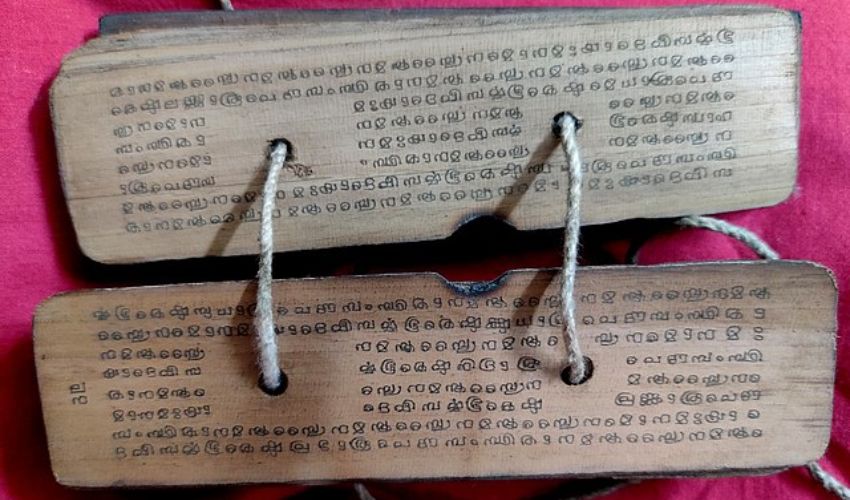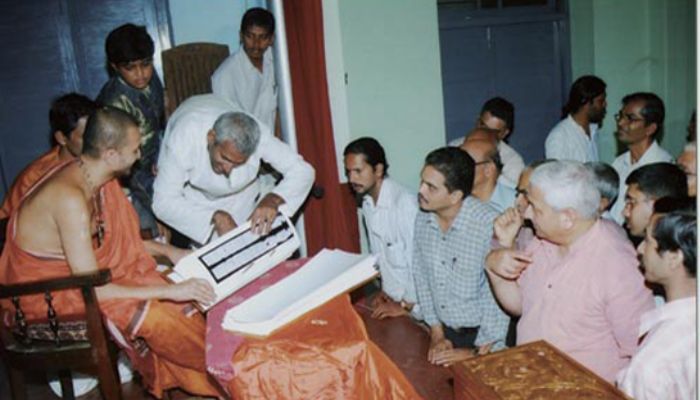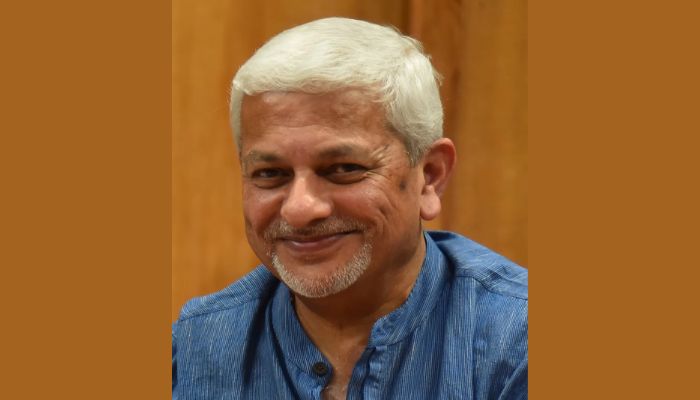Preserving Palm Leaf Wisdom With 3D Printing

As recent examples have shown, 3D printing and scanning technologies are becoming widespread and essential tools for preserving cultural works and items of historical significance. Among many of the benefits afforded by 3D printing, the inexpensive means to print a durable facsimile of an object captured in great detail with the help of 3D scans has been the key to ensuring the legacy of many historical works and pieces of cultural and world heritage. Now news from India has brought another collection of historic works into the 21st century with the use of 3D printing. The Tara Prakashana nonprofit trust based in Bengaluru has recently launched a pilot program that aims to preserve the knowledge of over 3,300 ancient palm leaf manuscripts through 3D printing replica palm leaves which are more resistant to time and the elements.
The collection of palm leaf manuscripts cared for by the Tara Prakashana organization largely concerns Vedic literature and teachings, which can date back centuries. Vedicism is one of the ancient religions of the subcontinent and stands prominent as one of the major influences which shaped the development of early Hinduism. The Tara Prakashana trust, established in 2006 by Dr. P.R. Mukund, pursues the mission of preserving and passing along knowledge from ancient Vedic sources, whose religious rituals and philosophical teachings can still be found today.

The preservation of ancient palm leaf manuscripts is the goal of Dr. Mukund and Tara Prakashana (Photo credits: Rochester Institute of Technology)
Dr. Mukund, who founded the nonprofit organization is a professor emeritus at the Rochester Institute of Technology in New York and has dedicated many years to the preservation of ancient manuscripts, beginning in 2005. Indeed, Dr. Mukund has previously been in the news for his early work with Tara Prakashana, when the organization began utilizing digital imaging and scanning in order to begin archiving and preserving Vedic and Hindu writings on palm leaves. The use of modern technology allowed for the recreation and enhancement of the faded writing on the aging texts.
The current pilot program has benefited greatly from this digitization process, as now in cooperation with Vayu Robotics, the team can shift to 3D printing to produce replicas of the palm leaves made of plastic filament which can be more easily stored, resistant to damage from water and pests, and most importantly, durable enough to last for centuries to come. The other main benefit of 3D printing comes with the automation aspect, as once the printing process has started, there is little need for oversight, and the time saved can allow for members of the organization to work on other projects at the same time.

Dr. P.R. Mukund has been at the forefront of Vedic knowledge preservation and conservation efforts (Photo credits: Foundation for The Preservation of Knowledge)
While the exact technology being used for the 3D printing is not disclosed, it has been reported that Dr. Mukund has a patent pending for the technology. The pilot project is currently focused on printing the most important and at-risk works that Tara Prakashana possesses, however, there may be more opportunities in the future to expand the list of works for 3D printing which can ensure the survival of centuries of information which can give us a clearer glimpse into the past, and learn from their teachings. For more information about Tara Prakashana, you can visit their website HERE.
What do you think about using 3D printing to preserve ancient works of writing? Let us know in a comment below or on our Linkedin, Facebook, and Twitter pages! Don’t forget to sign up for our free weekly Newsletter here, the latest 3D printing news straight to your inbox! You can also find all our videos on our YouTube channel.
*Cover photo credits: Savithri, self-published on Wikimedia Commons CC-BY-SA-4.0







